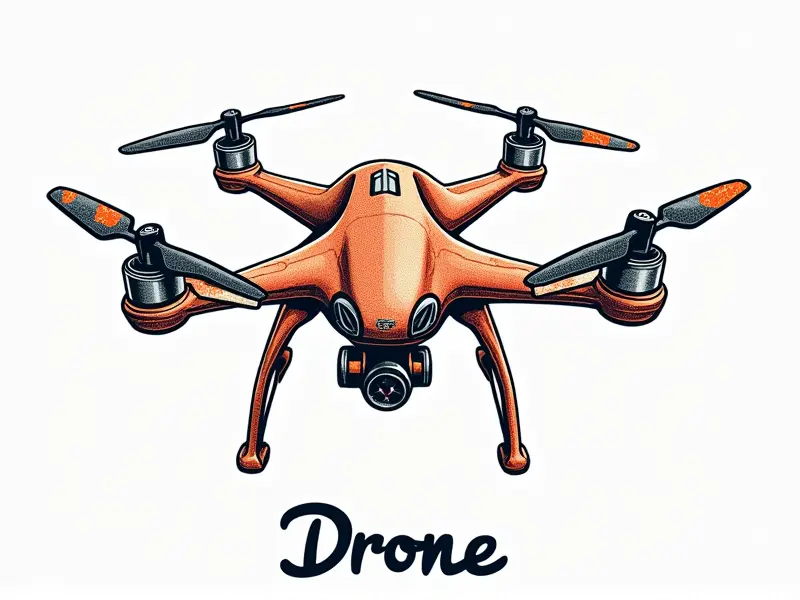RC helicopter weight limits

Max Weight Limits for RC Helicopters
When it comes to remote-controlled (RC) helicopters, understanding the weight limits is crucial. These limitations not only affect the performance and stability of your helicopter but also ensure safety during flight operations. This article delves into the intricacies of max weight limits for various types of RC helis.
RC Helicopter Load Limit Guide
The load limit guide provides a comprehensive overview of what you can carry on your RC helicopter without compromising its performance or risking damage to the aircraft. It's essential to know these guidelines before attaching any payload to ensure optimal flight conditions.
- Manufacturer Specifications: Always start with the manufacturer’s specifications for your specific model.
- Battery Weight: Consider the weight of batteries, as they can significantly impact performance.
- Cargo Capacity: Determine how much additional cargo you can safely carry based on the helicopter's design and power output.
Understanding RC Helo Weight Restrictions
Weight restrictions are put in place to ensure that your RC helicopter operates within its designed parameters. Exceeding these limits can lead to reduced maneuverability, increased risk of crashes, and potential damage to the aircraft.
- Aerodynamics: Weight affects lift and thrust, which are critical for maintaining control during flight.
- Battery Life: Heavier payloads can drain batteries faster, reducing overall flight time.
- Safety Concerns: Overloading your RC heli increases the risk of accidents and malfunctions.
Payload Limits on RC Helicopters
The payload limits refer to the maximum weight that an RC helicopter can carry while still maintaining safe and efficient flight operations. These limits vary depending on the model, size, and power capabilities of your aircraft.
- Small RC Helicopters: Typically have lower payload capacities due to their smaller engines and frame design.
- Larger Models: Can handle more weight but may require larger batteries or additional support systems.
How Much Can Your RC Heli Carry?
Determining how much your specific RC helicopter can carry involves several factors, including the model type, engine power, and intended use. Here’s a step-by-step guide to help you calculate:
- Check Manufacturer Guidelines: Start by reviewing the manufacturer's recommendations for weight limits.
- Weigh Your Components: Measure the total weight of your RC heli, including batteries and any additional equipment.
- Calculate Remaining Capacity: Subtract the current weight from the maximum allowable limit to determine available payload space.
Optimal Weights for RC Helicopters
Maintaining optimal weights ensures that your RC helicopter performs at its best. This involves balancing the aircraft's total weight with its power output and aerodynamic design.
- Balanced Load Distribution: Ensure even distribution of weight across the helicopter to maintain stability during flight.
- Power-to-Weight Ratio: Optimal weights should provide a balanced ratio between engine power and total aircraft mass.
Weight Capacities for RC Choppers
The weight capacities of RC choppers vary widely depending on their size, design, and intended use. Understanding these capacities is crucial for safe and efficient operation.
- Small RC Helicopters: Generally have lower weight limits due to smaller engines and frame designs.
- Larger Models: Can handle more significant weights but may require additional support systems like larger batteries or external fuel tanks.
Max Weights for Small RC Helicopters
Small RC helicopters have specific weight limits that must be adhered to ensure safe and efficient flight operations. These limitations are often lower due to the smaller frame and engine size.
- Engine Power: Smaller engines typically produce less thrust, limiting the amount of additional weight they can carry.
- Aerodynamic Design: The design of small RC helis is optimized for maneuverability rather than heavy lifting capabilities.
Carrying Capacity of Miniature RC Helis
The carrying capacity of miniature RC helicopters is particularly limited due to their size and power constraints. These tiny aircraft are designed primarily for agility and precision, not heavy payloads.
- Battery Life: Miniature helis often have shorter battery lives, making it crucial to keep the weight low.
- Flight Stability: Additional weight can compromise stability, leading to potential crashes or loss of control.
RC Helicopter Payloads: What's Allowed?
The allowable payloads for RC helicopters are strictly regulated by both the manufacturer and safety guidelines. It’s important to adhere to these restrictions to ensure safe operation.
- Manufacturer Guidelines: Always follow the specific instructions provided by your helicopter’s manufacturer.
- Safety Regulations: Adhere to any local or national regulations regarding RC aircraft payloads.
Top Tips for RC Helicopter Weights
To maximize the performance and safety of your RC helicopter, consider these top tips when dealing with weights:
- Regular Maintenance: Keep your RC heli well-maintained to ensure optimal performance.
- Battery Management: Use high-quality batteries that provide consistent power output without adding excessive weight.
- Weight Distribution: Ensure even distribution of any additional payloads across the helicopter’s frame.
Conclusion
Understanding and adhering to RC helicopter weight limits is crucial for safe, efficient, and enjoyable flight operations. By following manufacturer guidelines, managing battery life effectively, and maintaining optimal weights, you can ensure that your RC heli performs at its best while minimizing the risk of accidents or malfunctions.

